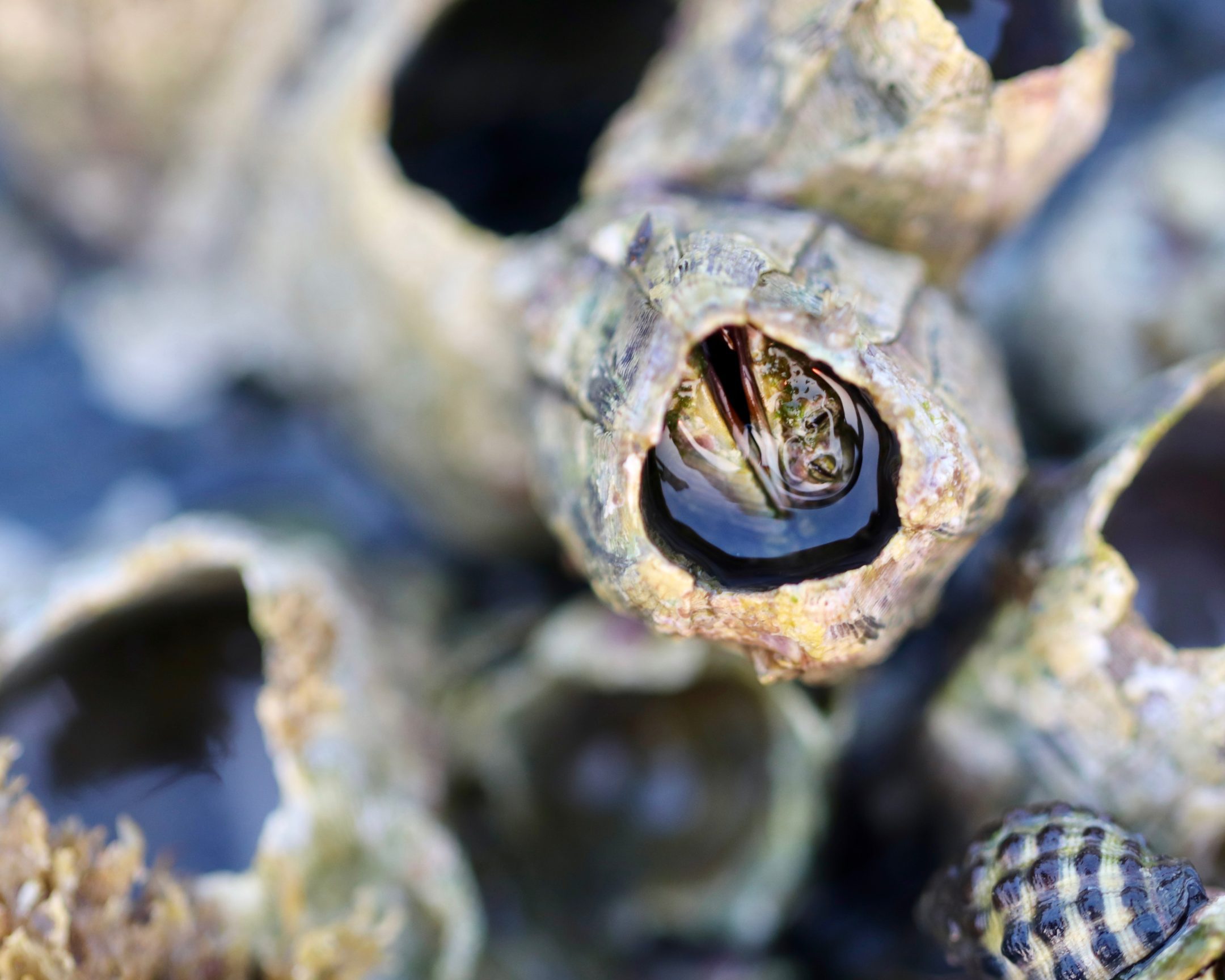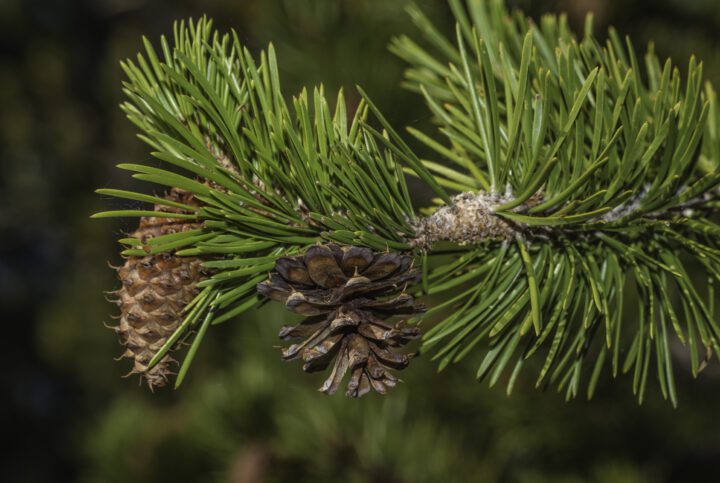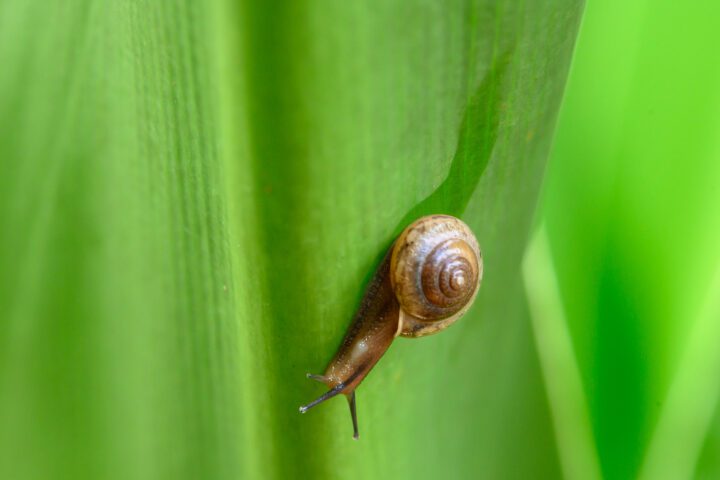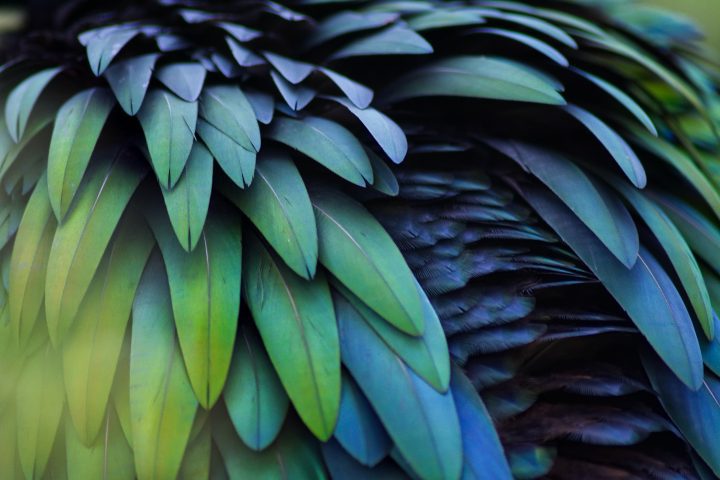Footprint proteins used by cypris larvae of barnacles allow them to temporarily adhere during pre-settlement exploration via hydrophobic chemical interactions.
“Cypris larvae of the barnacle Semibalanus balanoides leave
proteinaceous footprints on surfaces during pre-settlement exploration.
These footprints are considered to mediate temporary adhesion of cyprids
to substrata and, as such, represent a crucial first step in the
colonization of man-made surfaces by barnacles, a process known as
biofouling. Interest in this system also stems from the potential for a
synthetic reversible adhesion system, based on the strategy used by
cyprids…Footprint s adhered with
greater tenacity to the hydrophobic tip. This may suggest conformational
change and denaturing of the protein which would facilitate hydrophobic
interaction by enhancing contact forces between -CH3 functionalized tips and hydrophobic groups in the footprint molecule(s). Neither tip removed proteins from the -NH2
substratum suggesting that specific chemical interactions, rather than
simple wetting phenomena, govern the adhesion of footprint proteins to
that surface.” (Phang et al. 2009:616)
http://www.informaworld.com/smpp/164470560-43711366/content~db=all~content=a910776630~frm=abslink
http://www.informaworld.com/smpp/content~db=all~content=a914173195~frm=titlelink





